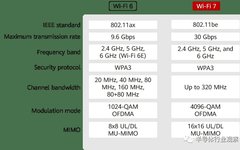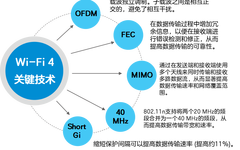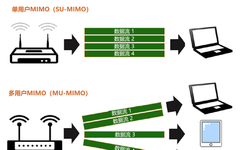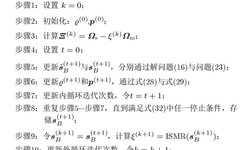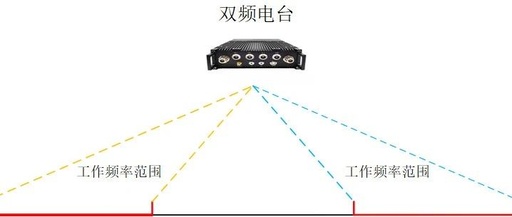New Directions in Wireless Sensor Network Research: Mobile Data Collection
Data collection is an important way to acquire the state of the physical world and serves as the foundation for various complex wireless sensor network applications. The mobile data collection of wireless sensor networks has broad application value. Depending on the different types of sensors onboard, it can detect various phenomena in the surrounding environment, … Read more


